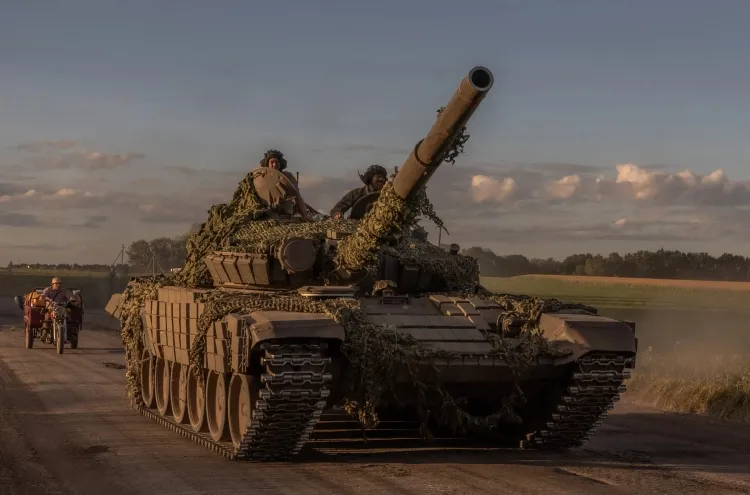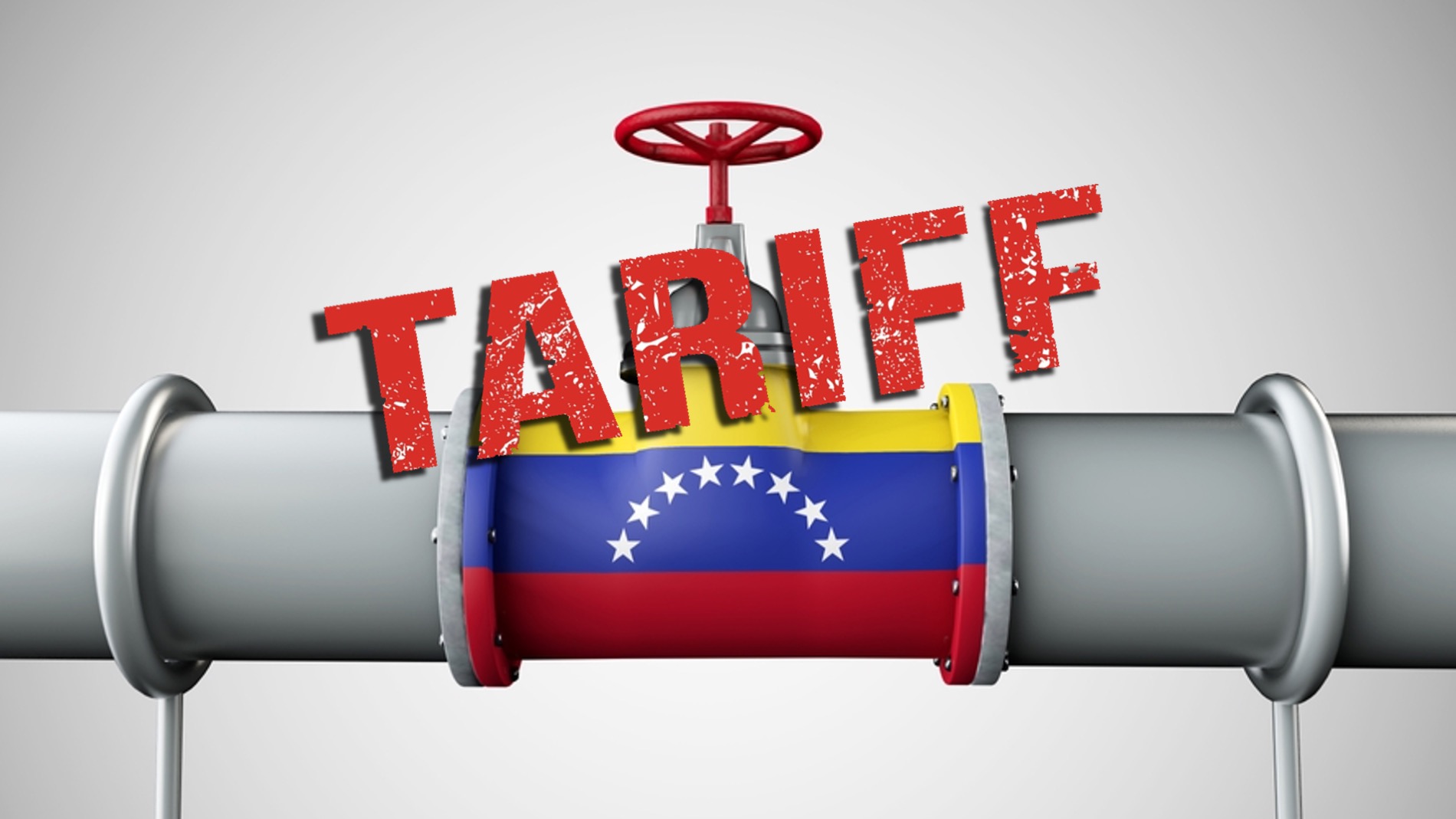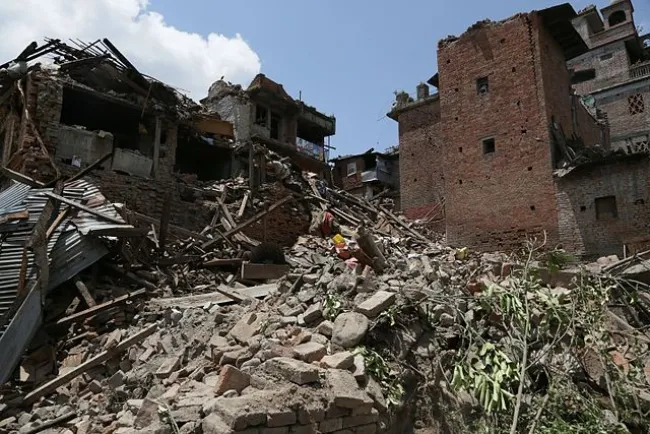Ukraine's Continued Push in Kursk: Strategic Missteps and Economic Pressures
Ukraine’s strategic push into Russia’s Kursk region on the anniversary of its first incursion has raised important questions about its military strategy and long-term objectives. Despite suffering heavy casualties and logistical setbacks, Ukraine continues to press forward in its offensive, despite previous lessons from similar failed operations. Meanwhile, Russia's economy, seemingly bolstered by its military-driven spending spree, continues to defy the expectations of the West’s harsh sanctions.

Ukraine’s latest offensive, launched six months after its initial incursion into Russia’s Kursk region, appears to have ended in failure, raising doubts about the country's military strategy. Despite several waves of attacks, Ukrainian forces were repelled by Russian defenses, resulting in significant casualties and the destruction of a variety of military assets, including tanks and armored vehicles. The assault reportedly cost Ukraine over 200 soldiers, and no significant settlements were captured.
This begs the question: Why does Ukraine continue to prioritize Kursk, especially when its previous push in the region left its Eastern Front vulnerable? Analysts suggest that while Ukraine's military might challenge Russian positions, its offensive in Kursk could be part of a broader strategy to strengthen its bargaining power in potential peace talks with Russia. Ukrainian President Volodymyr Zelensky has openly stated that control over Kursk could be an essential bargaining chip. However, this strategy has come at a significant cost in terms of both lives and resources.
While Ukraine has suffered heavy casualties—estimated at 58,000 soldiers killed or wounded, with thousands of pieces of military equipment destroyed—the country has shown no signs of slowing its push. Ukrainian officials have acknowledged some limited gains in tactical positions, but the official military stance on the operation remains cautious, with no clear victories emerging from the offensive.
One of the key points that continues to emerge is the contradiction between Ukraine's military ambitions and its defense strategy. While Ukraine continues to engage in high-risk offensives, its defenses on the Eastern Front remain stretched. Russian forces are making gains across various fronts, gradually encircling Ukrainian forces and forcing retreats. The situation is becoming increasingly dire, leading many to question whether Ukraine’s ongoing sacrifices in Kursk are worth the potential strategic gains.
At the same time, Ukraine has made more desperate pleas for nuclear weapons, claiming that if NATO accession is delayed, it should be granted nuclear capabilities. This request, made by Zelensky in a recent interview, was quickly rejected by Western leaders, including US President Donald Trump. As the war continues to escalate, Ukraine's demand for nuclear weapons signals a deepening crisis, as the country tries to balance its defense against overwhelming Russian forces.
Meanwhile, Russia’s economy, which had been targeted by over 19,000 sanctions imposed by the West, has shown resilience. Despite expectations of economic collapse, Russia reported a surprising 4.1% growth in GDP for 2024, outperforming official forecasts. While inflation and labor shortages continue to be challenges, the country has managed to fuel its war machine through massive state intervention and expanding trade relationships with countries like China, India, and nations in West Asia.
Russia’s military-industrial sector is booming, with defense production operating at full capacity, churning out ammunition, tanks, and drones at record speed. Despite sanctions and price caps on oil, Russia’s economy has proven more resilient than many analysts expected, which has allowed the Kremlin to continue funding its military efforts.
Conclusion: A Dangerous Escalation
As Ukraine presses on with its aggressive offensive in Kursk, the question remains: what is the endgame? Despite the heavy losses, the country seems committed to its military goals, but the cost may ultimately outweigh the gains. With Russia’s economy showing unexpected growth, fueled by military spending and strategic international partnerships, the conflict shows little sign of resolution. Both sides are entrenched, with no clear path to peace in sight. As the war approaches its third anniversary, the situation continues to grow more complex, leaving many to wonder if further escalation is inevitable.
How much longer can Ukraine sustain such high-intensity operations? What impact will the growing resilience of Russia's economy have on the long-term outcomes of the war?
What's Your Reaction?
















